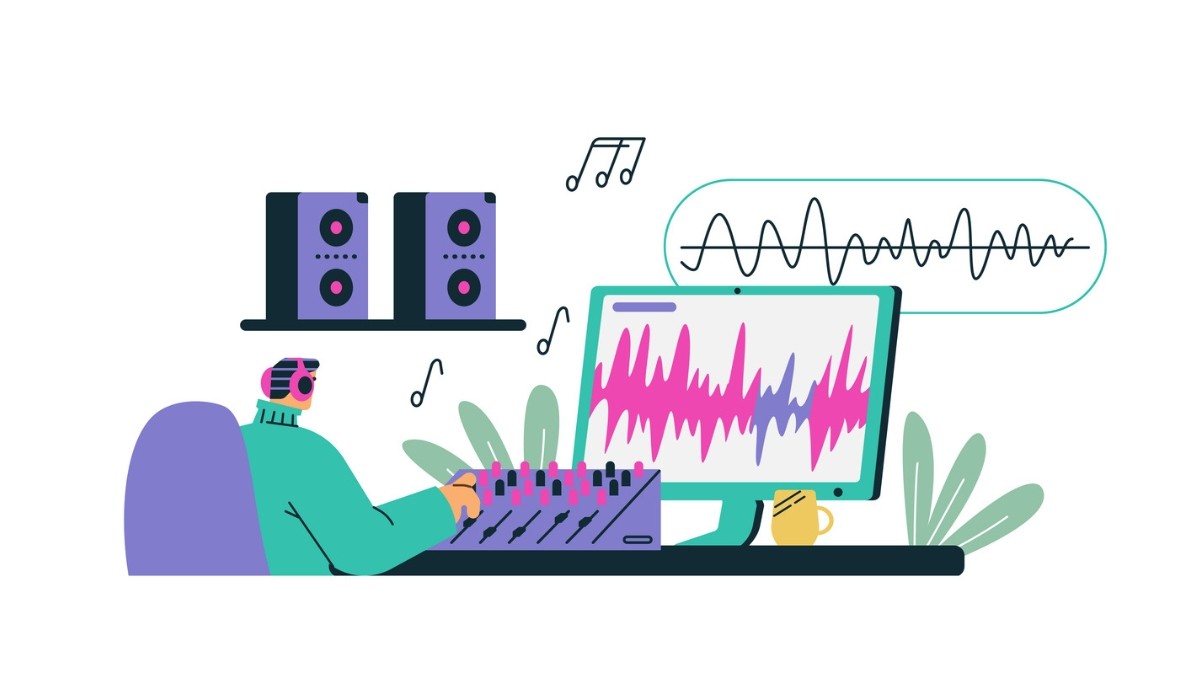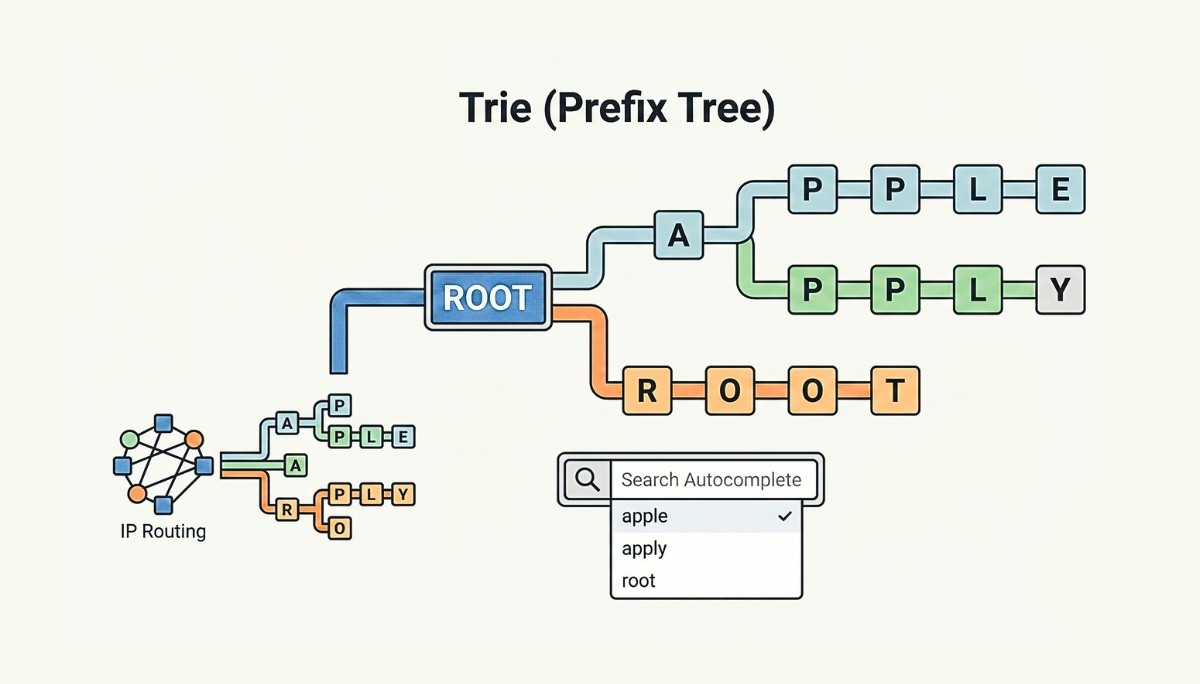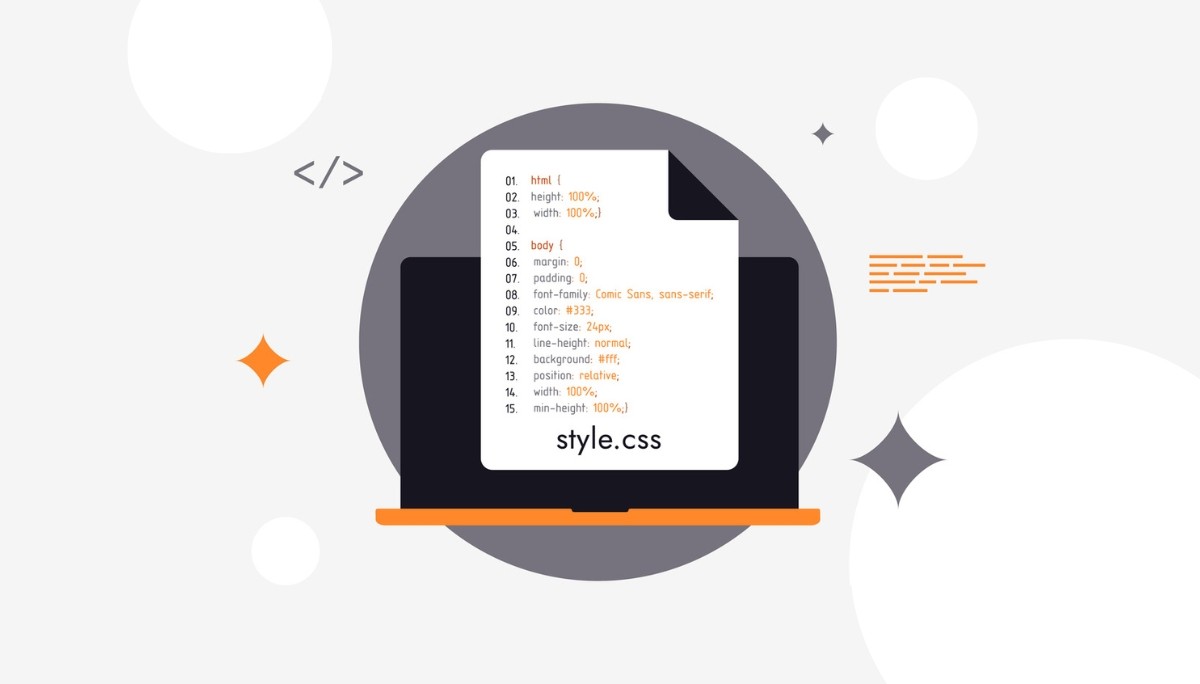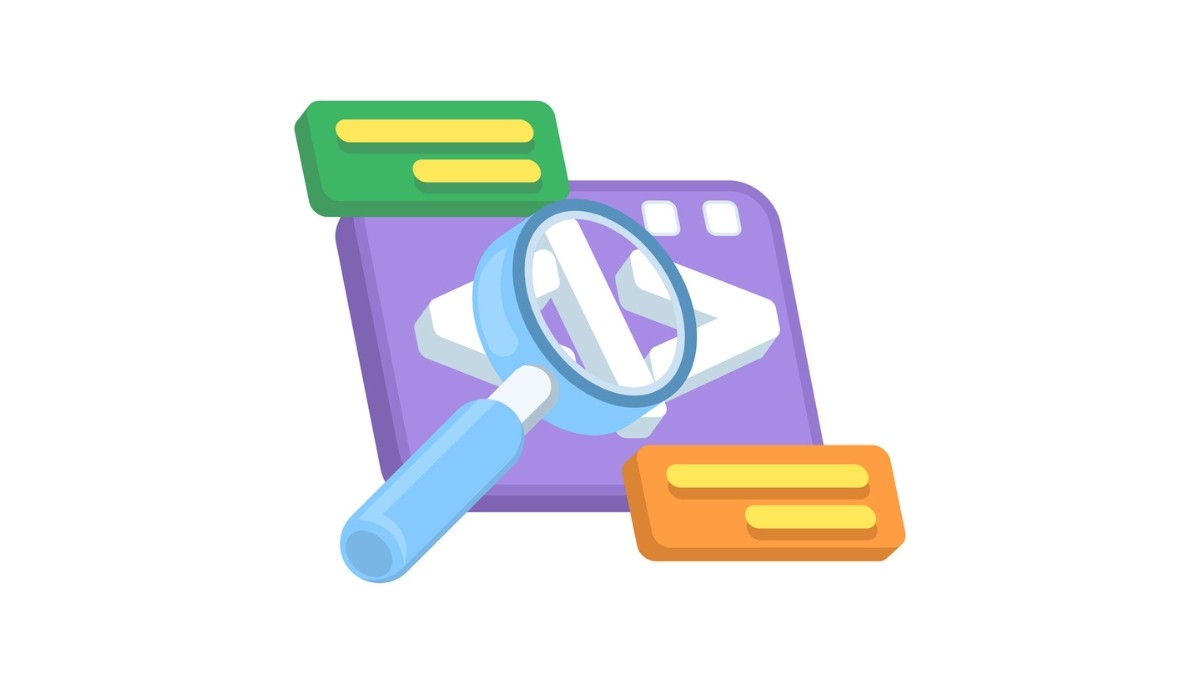The 10 Most Popular Programming Languages to Learn in 2025
By
Liz Fujiwara
•
Oct 28, 2025
Want to stay ahead in the tech world? Understanding the most popular programming languages is essential for building a successful career in 2025 and beyond. As technology continues to evolve, programming languages form the foundation of innovation, powering everything from artificial intelligence and data analytics to mobile apps and web platforms. Whether you’re a beginner exploring your first language or an experienced developer looking to upskill, staying current with the top languages can give you a major competitive advantage.
In this article, we’ll explore the top 10 programming languages expected to dominate the industry in 2025. From the flexibility of Python and the interactivity of JavaScript to the performance of Rust and Go, each language offers valuable opportunities for professional growth.
Key Takeaways
In 2025, staying updated with popular programming languages like Python, JavaScript, and Java is essential for meeting industry demands and advancing career opportunities.
Python continues to lead the programming landscape due to its versatility across applications such as artificial intelligence and web development, with strong demand in the job market.
Emerging trends in programming include a growing focus on functional programming, AI integration, and secure coding practices, highlighting the importance of adapting to evolving technological challenges.
Why Learning New Programming Languages is Crucial in 2025

In 2025, keeping your programming skills up to date with new languages is essential for meeting industry demand and securing strong job opportunities. The tech industry continues to evolve rapidly, and the need for skilled programmers is steadily increasing. Learning the most popular programming languages enhances your chances of obtaining a high-paying job while deepening your understanding of the technologies shaping our world.
Choosing the right programming language can greatly expand your career opportunities and help you stay relevant in a competitive job market. Python’s versatility makes it indispensable in growing fields such as artificial intelligence and financial services. Additionally, learning lesser-known programming languages can help you stand out from your peers, potentially leading to higher compensation and unique career paths.
Programming skills open doors to a wide range of roles, including software design and user interface development. Learning to code also strengthens logical reasoning and systematic thinking, both of which are crucial in the tech industry. These skills are highly valued and can give you a competitive edge across various professional fields, particularly in computer science.
Consider how each of the most popular programming languages in 2025 can support your career and professional growth.
The 10 Most Popular Programming Languages to Learn in 2025

The popularity of programming languages plays a key role in ensuring consistent application performance across various devices. In 2025, certain languages stand out for their robustness, versatility, and industry demand. This section introduces the ten most popular programming languages to learn this year, each offering unique advantages and opportunities for developers.
Here is a summary of the languages we will explore:
Python
JavaScript
Java
Rust
Go
Kotlin
Swift
R
Julia
Solidity
These popular languages are expected to remain in high demand and are essential for various applications, from web development to modern technology.
Python
Python is an easy-to-learn, object-oriented, general-purpose programming language that has become a staple in the tech industry. Its versatility allows it to be used in a wide range of applications, including data analysis, web development, artificial intelligence, and scientific research. Python’s simplicity and readability make it an ideal choice for both beginners and experienced developers.
The job market for Python programmers is thriving, with an average annual salary of $124,200. This high demand is driven by Python’s extensive use in areas such as machine learning and data science. Its robust libraries and frameworks, including TensorFlow and Django, further strengthen its appeal for software development.
However, Python is not ideal for mobile application development, which can be a limitation for developers focused on mobile projects. Despite this, Python remains a top choice due to its ease of use and versatility across industries. Its dominance in the programming world is well-earned, making it one of the best languages to learn in 2025.
JavaScript
JavaScript is essential for building dynamic web pages and is a core technology in front-end development. Created in 1995, JavaScript has evolved into a crucial component of modern web development, enabling the creation of interactive and responsive applications.
The job market for JavaScript developers is strong, with an average annual salary of $102,646. JavaScript’s versatility extends beyond front-end development; it is also used for server-side programming through Node.js, allowing developers to build full-stack applications with a single language.
While JavaScript does have potential drawbacks, such as browser compatibility issues and security risks from malicious content, modern frameworks like Svelte, which compile components into efficient vanilla JavaScript, improve performance and mitigate many of these concerns.
JavaScript’s essential role in web development, extensive job opportunities, and flexibility make it one of the most valuable languages to learn in 2025.
Java
Java’s robustness and extensive libraries make it ideal for enterprise-level applications. It is primarily used for Android apps, enterprise solutions, and server-side development, making it a powerful and adaptable language. Java’s cross-platform capabilities allow developers to write code once and run it anywhere.
Java’s wide use in business applications and the Android operating system makes it an essential language for developers targeting these fields.
Java’s object-oriented structure and vast library ecosystem provide a solid foundation for developing scalable, maintainable software. Its long-standing presence and ongoing updates ensure that it remains relevant and valuable for modern software development. Java’s robustness, versatility, and strong job prospects make it one of the best programming languages to learn in 2025.
Rust
Rust focuses on safety and performance, making it an excellent choice for system programming. Its emphasis on memory safety without compromising performance has earned widespread praise from developers. Rust is especially well-suited for systems-level software that requires both reliability and speed.
While Rust can be challenging for beginners due to its complex syntax and strict compiler checks, the payoff is significant for developers working on performance-critical applications. Its combination of safety and efficiency makes it an important language for system programming and high-performance computing.
Go
Go, also known as Golang, was developed at Google and is designed to appeal to both experienced developers and beginners. Its simplicity, reliability, and efficiency make it a strong choice for modern software development. Go’s lightweight concurrency model allows efficient handling of multiple tasks, making it ideal for cloud-based and large-scale distributed systems.
Go is increasingly used for building web servers and applications that handle significant amounts of data. Its clean syntax and powerful standard library make it easy to write maintainable, high-quality code.
Go’s simplicity, efficiency, and growing role in cloud computing and distributed systems make it a valuable programming language to learn in 2025.
Kotlin
Kotlin is primarily used in Android and web development with the Java Virtual Machine (JVM). It is fully interoperable with Java, allowing developers to use existing Java frameworks and libraries seamlessly. Kotlin improves developer productivity through features such as concise syntax and a modern standard library.
Its ability to work alongside Java makes it an excellent choice for developers transitioning from Java or working on projects that incorporate both languages. Kotlin’s modern features and ease of use have contributed to its growing popularity in the development community.
Kotlin’s interoperability with Java, modern design, and productivity benefits make it one of the top programming languages to learn in 2025.
Swift
Swift is designed for iOS and macOS development, emphasizing performance and safety. Its modern syntax and powerful features make it a leading choice for developing applications for Apple platforms. Swift’s focus on safety helps prevent common programming errors, leading to more reliable and secure applications.
Swift’s strong performance and ease of use have made it a popular option for mobile app development. Its ability to produce fast and efficient code ensures that applications run smoothly on iOS and macOS devices.
Swift’s performance, safety, and usability make it an essential language for mobile application developers in 2025.
R
R is essential for statistical analysis, data visualization, and scientific computing. Its extensive libraries and packages make it a powerful tool for data manipulation and analysis. R is widely used in statistical analytics and machine learning, making it popular across various industries.
Common uses for R include statistical modeling, data visualization, and graphical analysis. Its strong data manipulation capabilities and flexibility through numerous packages make it a valuable language for data scientists and researchers.
R’s importance in statistical analysis, data visualization, and scientific computing makes it a key language for data science and analytics in 2025.
Julia
Julia is a high-performance programming language designed for numerical and scientific computing. Its optimization for data science and computational analysis makes it an excellent choice for researchers and data professionals. Julia’s ability to handle complex numerical computations efficiently sets it apart from other languages.
The language’s focus on speed and performance makes it particularly suitable for applications in data science, machine learning, and large-scale data processing. Julia’s growing popularity is driven by its ability to handle massive datasets quickly and efficiently.
Julia’s optimization for numerical computing and data-driven applications makes it a valuable language for high-performance computing in 2025.
Solidity
Solidity is essential for developing smart contracts on Ethereum and plays a key role in blockchain applications. As blockchain technology continues to expand, the demand for Solidity developers is steadily increasing. Solidity’s ability to create secure and reliable smart contracts makes it a vital language for developers in the blockchain space.
The language’s focus on blockchain development and smart contracts underscores its importance in the decentralized technology landscape. Solidity enables secure transactions and automated processes on the blockchain, contributing to its growing popularity.
Solidity’s role in blockchain and smart contract development makes it an important language for developers pursuing decentralized application development in 2025.
Emerging Trends in Programming Languages

As technology evolves, so do the programming languages that power it. One notable trend is the rise of functional programming languages such as Futhark and Idris. These languages emphasize output through mathematical functions and evaluations, leading to more reliable and maintainable code. Their focus on immutability and pure functions supports the creation of robust, error-free applications, which is increasingly important in complex software systems. Functional programming languages embody these principles, while logic programming languages also offer unique advantages in certain contexts.
Artificial intelligence (AI) is transforming programming practices, allowing developers to interact more effectively with AI systems and leverage AI-driven tools to foster innovation. The integration of AI in programming languages is enabling the creation of intelligent applications and algorithms that can learn and adapt, expanding the potential of modern software development.
Another major trend is the heightened emphasis on secure coding practices. As cyber threats become more advanced, incorporating security throughout the software development lifecycle is critical to protect applications from vulnerabilities. This focus has driven the emergence of languages and tools designed with security as a foundational element.
Lastly, new programming languages are being tailored to specific domains such as artificial intelligence, blockchain, data science, and the Internet of Things (IoT). These specialized languages address the unique challenges of their respective fields, equipping developers with the tools needed to build innovative and efficient solutions.
How to Choose the Right Programming Language for Your Career

Choosing the right programming language for your career depends on several factors. Industry demand is a key consideration, as learning programming languages that are highly sought after can significantly improve your job prospects. For example, Python and JavaScript are among the most in-demand languages, offering numerous opportunities across different areas of software development.
Personal interest in a programming language also plays an important role in your learning experience. If you’re passionate about a particular language or the kinds of projects it supports, you’re more likely to stay motivated and succeed. Entry-level coding positions may not require a formal degree but greatly benefit from practical coding experience.
Online resources and coding bootcamps are widely available to help beginners get started. These programs offer structured learning paths and hands-on experience through real-world projects. When selecting a programming language, consider the type of projects that interest you. For example, if you want to develop mobile applications, learning Swift or Kotlin would be advantageous.
Networking and seeking advice from experienced developers can also provide valuable insights into the best programming languages to learn. Engaging with the developer community through forums, meetups, and conferences helps you stay informed about industry trends and make better career decisions. Ultimately, proficiency in programming languages is essential for career advancement in fields such as software development and data science.
Resources for Learning Programming Languages

There are many resources available to help you learn programming languages. The Python for Everybody course, with over 1,856,000 enrollments, is an excellent starting point for beginners interested in Python programming. This course takes about two months to complete and covers the fundamentals of Python, making it highly accessible for newcomers.
The Google IT Automation with Python course lasts for six months and teaches essential skills such as Python, Git, and IT automation. It provides a comprehensive understanding of IT automation using Python, making it valuable for those looking to strengthen their automation and scripting skills.
For those interested in front-end development, the Microsoft Front-End Developer program averages four months in duration and is designed for beginners. It covers core front-end languages such as HTML, JavaScript, and CSS, providing a solid foundation for web development.
The IBM Full Stack Software Developer program is aimed at beginners and takes about five months to complete. This program offers a detailed curriculum covering both front-end and back-end development, making it an excellent choice for aspiring full-stack developers.
Additionally, the University of Michigan’s Programming for Everyone course is a great option for beginners who want to learn the basics of Python in an approachable and structured way.
How Fonzi Can Help You Find Top AI Engineering Talent
Fonzi is transforming the hiring process for AI engineering talent through its monthly Match Day events. During each event, companies can submit salary-backed offers to candidates within a 48-hour window, ensuring quick and efficient connections between employers and talent.
Candidates on Fonzi benefit from:
Applying once and receiving multiple job offers, allowing them to choose which companies to interview with.
Saving time and gaining more control over their job search.
Access to a dedicated Concierge Recruiter who provides personalized support throughout the hiring process.
Fonzi connects employers with pre-vetted candidates who have relevant experience and are ready to interview immediately. Its structured hiring process guarantees high-quality matches between companies and candidates, making recruitment fast, consistent, and scalable.
Supporting both startups and large enterprises, Fonzi delivers structured evaluations with built-in fraud detection and bias auditing to ensure fairness and transparency. Whether you’re hiring your first AI engineer or scaling a large team, Fonzi provides access to top AI talent quickly and reliably.
Summary
In summary, learning new programming languages in 2025 is essential for staying relevant in the fast-changing tech industry. The ten most popular programming languages discussed in this article each offer unique benefits and opportunities for developers. By mastering these languages, you can expand your career prospects and contribute to innovative projects.
As you explore the world of programming, choose languages that align with your interests and career goals. Use available learning resources to gain practical experience and stay informed about emerging trends. With the right skills and knowledge, you can succeed in the dynamic field of software development.




